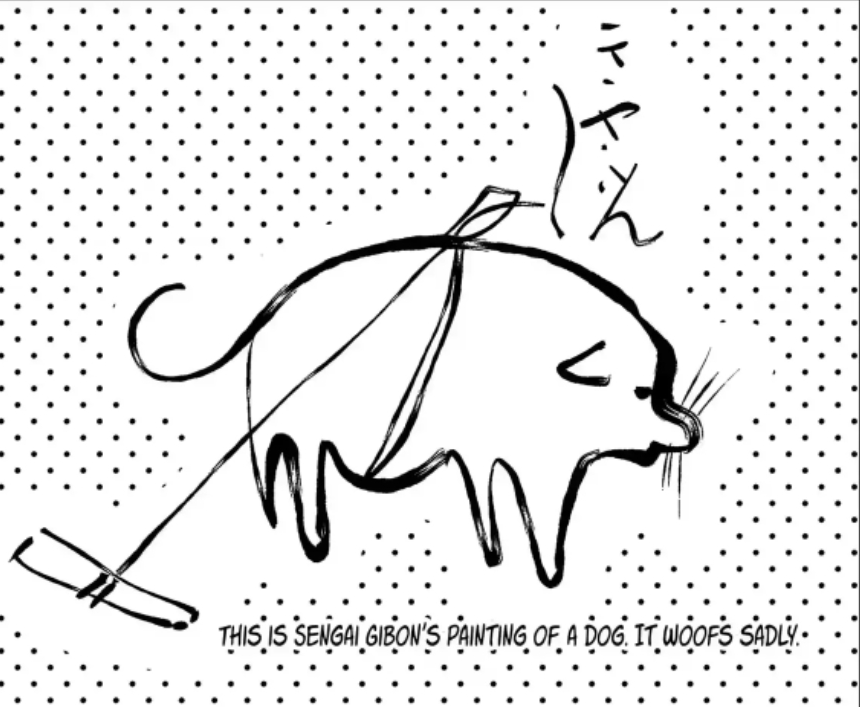The reason not to use pencils in Space wasn’t that Pencil are inflamable, the main reason was the graphit dust produced by Pencils, which because of the lack of gravity, enter floating in the electronic, causing short circuits as main risk.
Genuine question. why did you choose to use “inflammable” instead of “flammable”?
Inflame was the original word for ‘to ignite’ - to set aflame, to set on fire. We still see if in metaphor, ‘inflammatory argument’ or ‘inflamed passion’, for example.
So an inflammable object was one you can inflame (or enflame). The word ‘flammable’ came about later, probably to reduce confusion for people who thought it mean ‘un-flameable’.
These days we use flammable on labels for safety reasons, but inflame is still peppered throughout language in metaphor and medicine, and both are correct.

That is something I found weird, too. Inflammable and flammable mean the same thing!
Technically, I think they’re different. Flammable means that it can be lit on fire, like wood or something. Whereas inflammable means it can catch fire on its own, like gas, for example.
Edit: after some googling, it appears that my source was shit and should be disregarded. They do indeed appear to be synonyms. And also, I was thinking of gasoline. I think I was thinking of the “gas pedal” and that threw me off.

Synonyms, true synonyms. No real difference between them (except don’t use inflammable in safety situations, for above reasons)
Also you DON’T FUCKING WANT GRAPHITE DUST FLOATING AROUND IN ZERO G
Why not? I’m not well versed in the theme. Would it be flammable?
edit: just saw another post mentioning this: lack of gravity, enter floating in the electronic, causing short circuits as main risk.
The theme is to pretend recently-learned information was available half a century ago, and also to ignorantly inflate its importance. It turns out exposure to graphite dust in large concentrations can cause respiratory problems (like any kind of dust), but the amount of graphite emitted into the air by pencil use is insignificant, even in zero gravity.
Also your body doesn’t do a good job of breaking it down either. Id imagine that in your lungs would suck.
I have a piece of graphite in my leg from 7th grade still. I’m 33.
I have a graphite stain in my palm from 8th grade and I’m 40.
Left handed or did you get stabbed too?
Got stabbed by a friend at lunch.
Plus, inhaling graphite dust since it doesn’t fall doesn’t sound fun.
Hardly anything is less problematic than graphite. No idea why you think that is an issue.
You’re probably thinking “it’s just carbon, nbd”, but that doesn’t mean it’s good for your lungs:
https://www.inchem.org/documents/icsc/icsc/eics0893.htm
“Repeated or prolonged inhalation of dusts may cause effects on the lungs. This may result in graphite pneumoconiosis”
I mean water is toxic if you drink too much. The amount of dust of a pencil is negligible… now graphite from pencil production? Thats more concerning.
“I mean, water is toxic if you drink too much”
Translation: “my argument is lazy and not really well thought out, I’m not going to even acknowledge your point, I’m just gonna double down”
Besides that, NASA wasn’t the one that funded the research behind the pen, they bought the completed pens. The expenses for the research were funded by Fisher
NASA still foots the bill either way. In this arrangement, the cost of development is simply included in the price of the product plus a fixed profit margin. Such ‘cost-plus’ contracts are criticized because it eliminates competing for efficiency and incentivises contractors to make their solutions as complicated and expensive as possible.
Your points about a cost-plus contract have merit but aren’t applicable here because the pens weren’t developed under a contract at all. Paul Fisher of the Fisher Pen Company had started developing a pressurized pen before the space program even began (to develop a pen that could write in other orientations than on a desk), although learning of the concerns from the program gave him renewed impetus to solve the design. Fisher patented the design in 1966 after ten years of development and about $1 million in cost. Prior to the pens NASA had been purchasing special pencils at $128.89/each. The original purchase order for the pens bought 400 at $2.95/each.

The Soviet space program bought the pens in 1969, and besides the Americans they’re still used today by the Russian and Chinese space programs. You can buy one yourself for as little as $7 if you don’t care about it being refillable. On the one hand that’s a lot for a disposable pen, on the other hand that’s not terribly expensive for a pen that writes upside-down if you need that, and might not feel too bad if you’re prone to losing pens.
Can we still buy one of the special space pencils? Were they low-dust or something?
Pens are dust-free as is, the problem with a regular ballpoint or felt tip pen is that both inking mechanisms rely on gravity. When you’re in 0g the ballpoint won’t work at all and the felt will stop working after a point when there’s no gravity to pull more ink to the tip.
You could probably spin a felt until it rewets but you’d be liable to make a mess as well.
Don’t felt tip pens work by capillary action?
That do. The failure comes if the spacecraft use lower air pressure, then the ink is pushed out of the pen by the pressurised gas in the ink
The same thing causes some pens to leak in aeroplanes.






